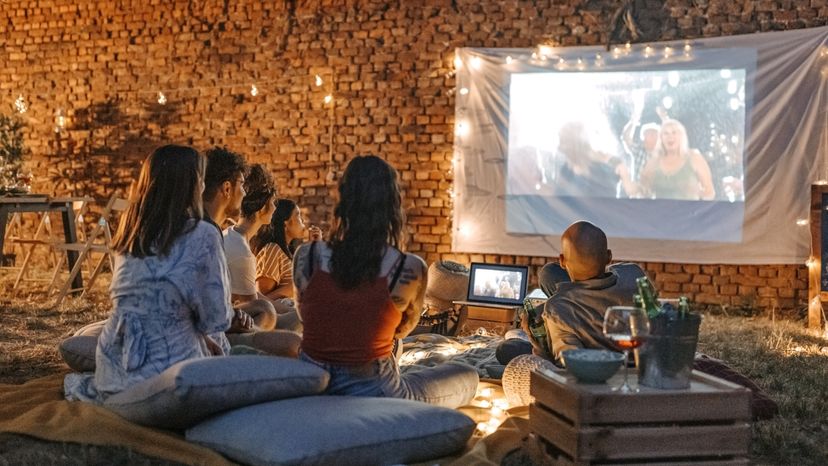
If you want a theater experience in your living room, then a home projector is what you need. In fact, projectors are sometimes referred to as home theaters. When purchasing a projector, you'll want to look at:
- Resolution This refers to the number of pixels the projected image will have from side to side and from top to bottom. The more pixels, the higher quality the picture will be.
- Contrast ratio This refers to the contrast of colors. The higher the contrast ratio, the better the color detail will be displayed.
- Light resolution This refers to how bright the picture will be. Higher light resolution will come in handy when viewing movies in a room with more light [source: Kindig].
Once you buy a projector, you'll have to decide whether to project the images onto a screen or your TV. If you want to use your TV, you'll have to connect the projector to your TV.
Advertisement
You'll need two cables in order to connect your projector to your TV: a Video Graphics Array to High Definition TV video cable (VGA) and a Home Theater audio cable.
Let's see how to connect the projector to the TV.
- Make sure everything is unplugged.
- Connect the oblong connection end of the Video Graphics Array cable to the Video Graphics Array socket in the back of the projector.
- Connect the other end of the Video Graphics Array cable to the back of the TV.
- Connect the dual plug from the Home Theater cable to the back of the TV.
- Connect the single plug end of the Home Theater cable to the audio connection that's on the projector.
- Connect the projector to a power source by plugging in the power cord to the socket on the projector. Plug the other end of the power cord to a power source [source].
Advertisement